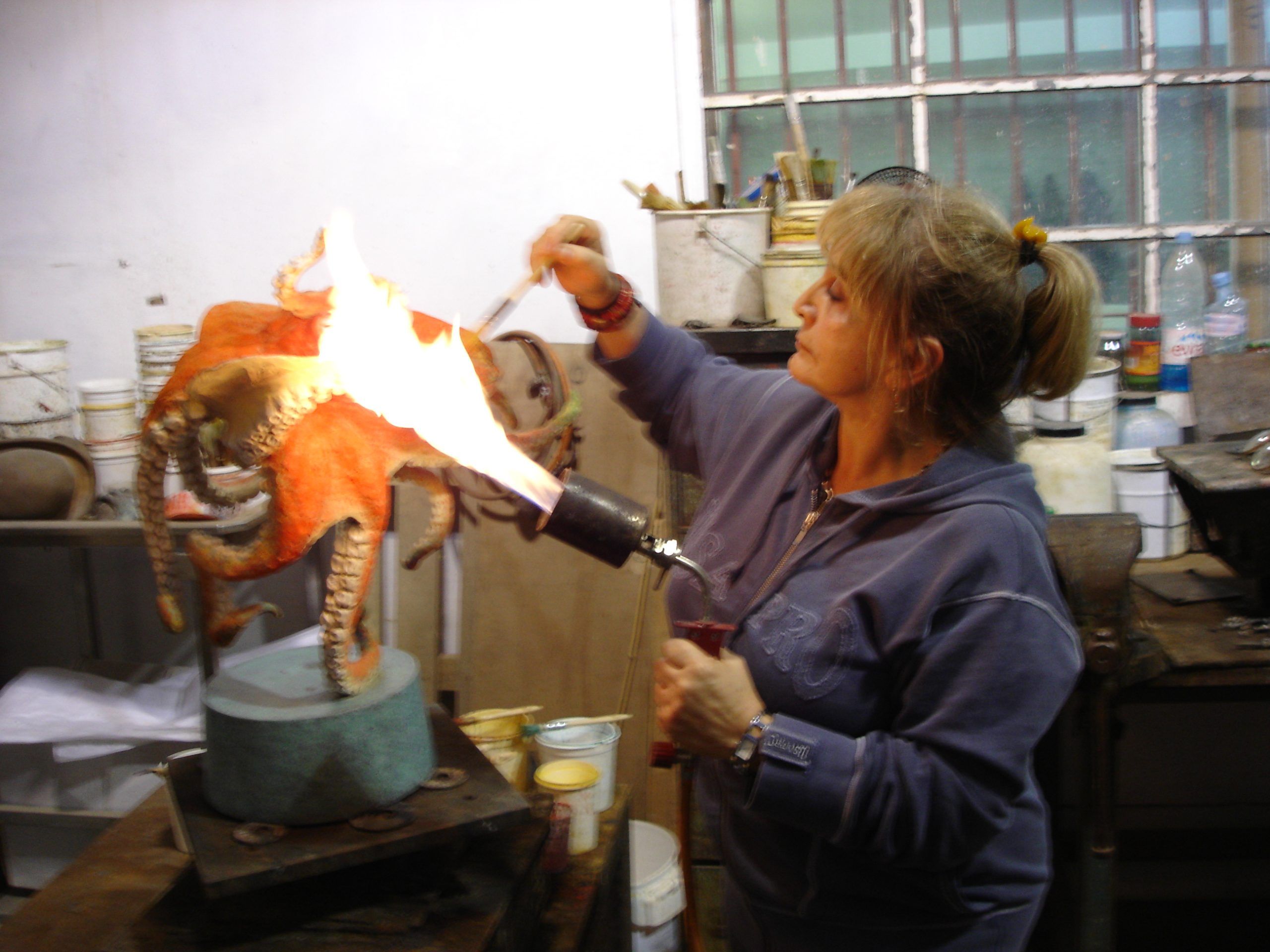
Let’s be honest, for most of us, the women’s t-shirt has been our wardrobe’s unsung hero. It’s the trusty sidekick for those chill Sundays, the workout warrior, or the grab-and-go for quick errands. We’ve probably all seen it as the ultimate “basic,” a simple canvas for whatever else we throw on. But what if that idea is, well, totally outdated? What if your go-to tee is actually getting a serious glow-up, engineered for so much more than just binge-watching on the couch?
But times change.Here’s the exciting part: industries as diverse as hospitality, health, technology and education have unique needs and keen creativity that are driving the way people think about, design and even wear women’s t-shirts.More and more niche businesses are moving away from cookie-cutter styles and pushing the boundaries towards more targeted designs.From the fast-paced lives of tech startups to the intense shift work of healthcare professionals, from grueling outdoor adventures to creative artisan studios…In other words, anyone who wants a t-shirt that is not only competent for client meetings, but also fits perfectly into the weekend.
What the Market Missed
So, what exactly is it about these specialized industries that’s prompting such a major rethink of the humble t-shirt? It really boils down to a blend of hyper-specific functional needs and a desire for on-brand aesthetics that the average mass-market tee can’t deliver.
T-shirts are often critical pieces of equipment for niche industries.To give a few examples: women’s t-shirts worn by nurses need to be able to withstand constant high temperature washing without distortion, may also need to be stain and water resistant, and definitely have antimicrobial properties to maintain hygiene.Similarly, people in the outdoor adventure industry don’t just want cool patterns, they want great moisture wicking properties and excellent sun protection.
Indeed, women’s t-shirts don’t just mean “shrunken and pink”, it needs to be more fitted, functional and comfortable accordingly. Their women’s t-shirts are not only about fashion, but also about being part of their essential protective and professional uniform.
Many industries, especially logistics, manufacturing, hospitality and technology, default to unisex t-shirts to save money.Their cut is often uniform, their color palette is monotonous and dull, and the way they display brand identity is simply by printing a logo on the chest.While this simplifies the ordering process, it’s clear that it ignores key differences between men and women’s anatomy.Especially in the shoulder, chest, waist and hip areas. And women end up wearing garments that bunch, pull, or drape awkwardly—compromising comfort and confidence.
For employees, ill-fitting t-shirts can have a direct impact on performance.Too tight can restrict movement, while too loose can look unprofessional and may even be a safety hazard.Additionally, many t-shirts provided as uniforms are made of stiff, low-stretch fabrics with limited breathability, which can cause discomfort when working long hours.
For some customer-facing positions, this is a missed opportunity for brands: a well-designed t-shirt can boost both brand recognition and employee morale.
What these market blind spots really show is this: having the right clothing manufacturer—one who understands both fit and function—can make all the difference. It’s how brands create uniform T-shirts that are inclusive, intentional, and tailored to their workforce. Let women’s t-shirts be given more importance.
Aesthetic & Brand Identity: More Than Just a Logo
Not only consumers, but various branded companies are shifting their expectations of women’s t-shirts.For t-shirt designers and t-shirt manufacturers, this shift presents both a challenge and many opportunities.
Increased Demand for Inclusive Pattern Making
Gone are the days when women’s t-shirts could be made by simply “sizing down”.Today’s buyers-especially in niche industries-expect garments to reflect a true diversity of body types.Designers must consider a wide range of silhouettes that go beyond the slim-fit template: loose cuts, relaxed fits, curved hemlines and shoulder-forward construction are becoming standard.This means that pattern making needs to be more thoughtful, more inclusive and better tested for different body types.
More Collaborative Design Cycles
The processes and contents of manufacturing have become varied and rigorous, which requires more communication between the various players.Garment manufacturers must be prepared to co-create.Not only must they provide production capacity, but also guidance on fit, materials and customization.Fast turnaround, low starting quantities and flexible prototyping are now the expectations of brands.
Functional Fabric Choices Are Front and Center
Cotton and other cotton fabrics are certainly suitable, but they are no longer the primary choice.Customers are increasingly demanding that fabrics for women’s t-shirts serve a dual function.Moisture-wicking blends, anti-pilling knit fabrics and stretch cotton are in increasing demand, and fabric manufacturers with their own fabric production capabilities have a clear advantage in this regard.
Conclusion
Women’s t-shirts are no longer just basic clothing.Now that niche industries are moving away from the cookie-cutter mindset, women’s t-shirts are becoming a tool for companies and brands to express their culture, improve employee comfort and professional identity.And for apparel designers and manufacturers, it’s not just a trend, it’s a rethinking of the way t-shirts are made – from fit and fabric to collaboration and customization.Today, brands are seeking more than just bulk orders; they want thoughtful solutions tailored to real people and their specific needs.More importantly, this trend is enabling women’s t-shirts to be more thoughtfully designed, not just for aesthetics, but for inclusivity, identity and progress.




